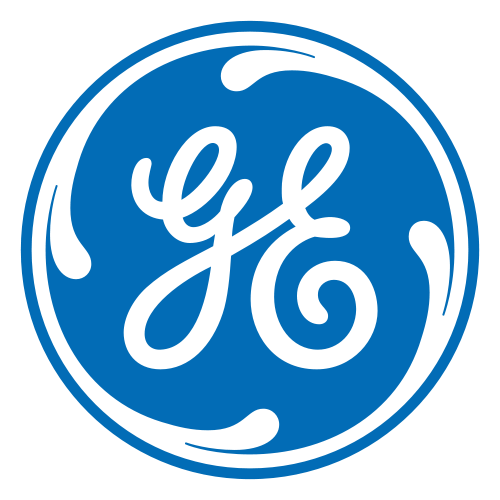I have done a lot of writing about General Electric over the last few years, and the company’s rapid decline and fall have caught me by surprise. This surprise is prompting me to return to first principles regarding my analysis and investment process, and I have been posting articles to Framework Members about that very topic.
In this post, I’ll review the facts around GE’s recent announcement that it would take a charge related to increasing loss reserves in its legacy insurance / reinsurance business as well as my key take-aways from yesterday’s earning announcements from both GE and Baker Hughes, an oilfield services and equipment company majority-owned by GE.
GE’s Insurance Announcement
General Electric announced on Tuesday, January 16 that after reviewing assumptions regarding the firm’s legacy insurance operations, it would need to reserve more cash to pay future claims. You can find a copy of the announcement, presentation slides, and a recording of the presentation on GE’s Investor Relations website.
Through the 1980s, GE built an insurance and reinsurance business and actively ran it until 2006, when most of the business was sold and one bit was retained to “run off” (meaning that the company retained its economic exposure to prior business, but did not accept new business).
Reinsurance is the business of providing insurance to insurance companies. An insurance company will sell a policy to an end customer, then finds another insurance company to assume the economics of the policy. The insurance company becomes basically a bookkeeping entity, passing through most of the premium revenue to the reinsurer and serving as a conduit for clients to submit claims.
Reinsurers, it turns out, sometimes also buy reinsurance from what is known as a retrocessionaire.
GE sold most of its insurance businesses before the financial crisis, but retained a business called North American Life & Health (NALH), within its GE Capital business.
65% of the policies that NALH insures are for long-term medical care. Roughly 35% are for structured settlement annuities (e.g., a plaintiff wins a lawsuit that specifies an yearly amount be paid to them; GE receives a lump sum from the defendant, invests that, and pays the annuity to the plaintiff). The remainder is reinsurance for life insurance policies.
The profits of any insurance company have little to do with actual cash in- and outflows in any single period. Actuaries calculate what payouts are likely to be made and when for each dollar of premium received in a given year based on a statistical analysis of demographic and other factors.
GE management claims that because it saw an unexpected uptick of claims in its long-term medical care insurance in 2017, they realized that the actuarial assumptions on which prior earnings had been recorded might not be correct. In effect, managers started worrying that the costs it would ultimately have to pay were higher than the assumed costs.
Some portion of the mismatch relates to increasing life expectancy of insurance customers who reach a certain age, some relates to increasing medical costs for long-term care, and some relates to the fact that the investments GE holds to be able to pay these claims over time (mostly A-rated bonds) are not yielding enough to keep up with medical cost inflation.
In order to service the insurance claim, GE now estimates that it will have to reserve a total of $15 billion of additional cash over the next seven years, the first $3 billion of which will be reserved in February 2018. To reserve cash means that cash is moved to a special reserve account that functions like an escrow account — that cash is reserved for the purpose of paying claims, which are treated as a liability.
The increased claim liability, meanwhile, is treated as a pre-tax cash expense. As such, its payment confers a tax shield to the company. Because statutory rates were lowered at the end of 2017, the tax shield GE will receive by reserving the cash is reduced.
Because of the additional cash payment into reserve, GE Financing, which had been paying dividends to the Industrial part of GE, will suspend those dividends for “the foreseeable future.”
The Financing business has $31 billion in cash on its balance sheet now and will pay the February reserve out of that cash. Rating agencies have not downgraded GE, nor have they lowered their outlook on the company as a result of the announcement.
GE’s Fourth Quarter 2017 Earnings Announcement
After the market shock at the Insurance announcement, GE’s fourth quarter earnings announcement felt anti-climactic. However, there were some important points to be gleaned from the conference call
- The business of manufacturing and selling power generation equipment is at historic lows.
- The company is taking steps to operate more efficiently but, as I discuss in the Framework 102 course, a severe drop in revenues always trumps an increase in efficiency.
- Aviation and Healthcare results are strong. The Aviation business results have been helped by a successful introduction and widespread commercial acceptance of new Leap engines.
- The company is guiding for a worst-case free cash outflow of $1 billion in 2018 and being free cash flow neutral ($0) in the best case. This number differs from Free Cash Flow to Owners (FCFO) because it does not include acquisitions or, more importantly to GE at this point, disposals.
Recent movements in the price of a stock are mostly, if not wholly, based on what I call X-System processes. It is hard for me to imagine a level of pessimism toward a company much higher than it is for GE today, barring the existence of large-scale fraud (e.g., Enron). If this is true, it suggests there may be an investing opportunity in GE now, but to say so without the analysis to support an investment would be to completely abandon a commitment to C-System (i.e., rational) processes.


